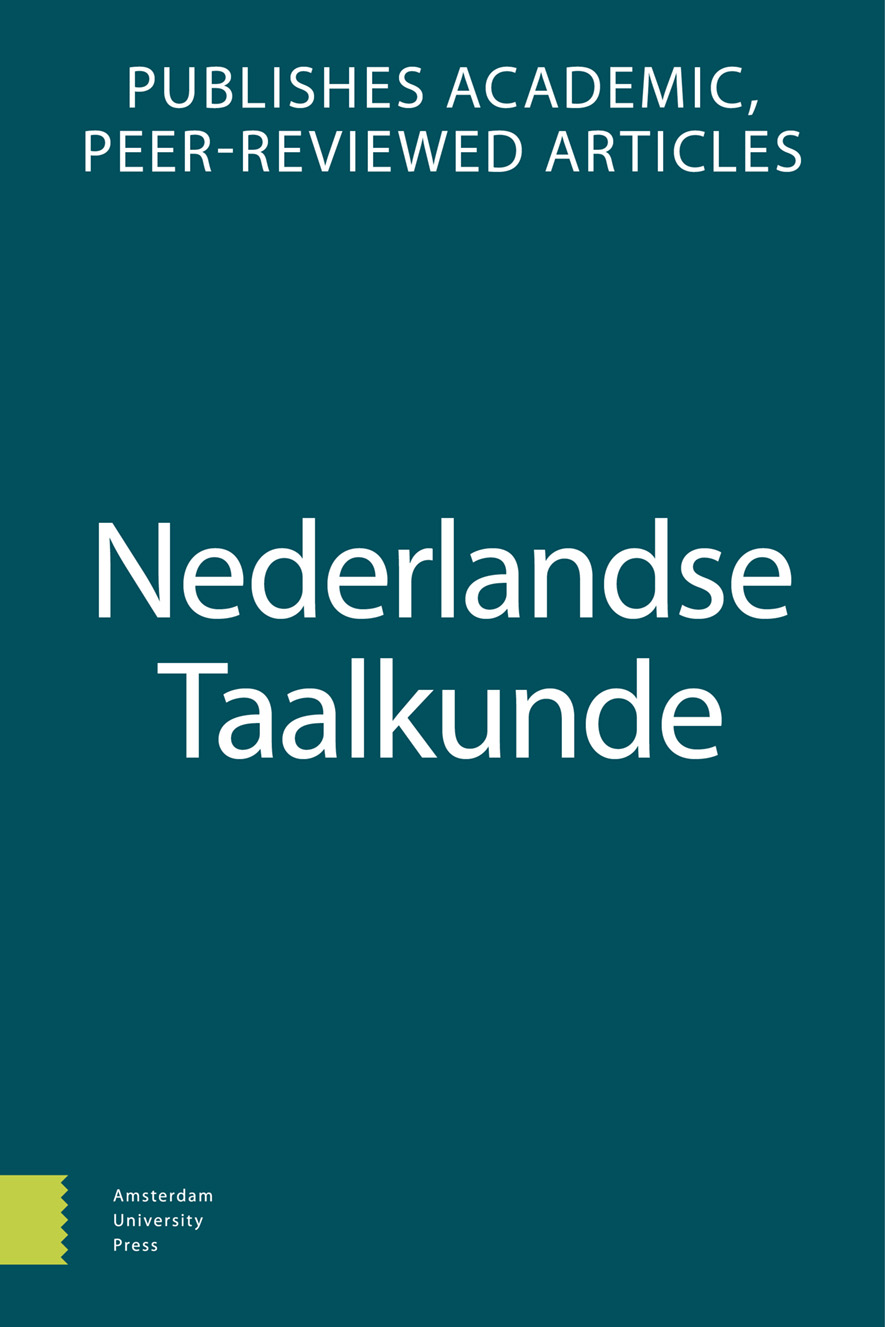
Full text loading...
Middle Dutch sports a number of verbs whose past participle occurs without the characteristic ge-prefix, because of their inherently perfective aspect: bliven (‘stay’), brengen (‘bring’), comen (‘come’), liden (‘(under)go’), vinden (‘find’) and werden (‘become’). This article presents a multivariate analysis of a corpus study on 2683 tokens of these Middle Dutch participles. It confirms earlier hypotheses on the Hollandic origin of the ge- ausgleich, and finds that versified texts lag behind in the innovation. The fitted trajectory of the verbs shows that the change is set off and led by brengen, but finds that it gains particular traction with comen and werden. The effect is unlikely to be due to frequency effects, but rather due to homonymy avoidance in the verbal paradigm and to sociolinguistic factors: (Late) Middle Hollandish probably imported the ge-prefix from Brabant, but without the nuanced semantic sensitivity. Later, the prestigious Hollandic forms in the perfectiva simplicia rolled back to the South, probably catalysed by systematicity pressure.

Article metrics loading...

Full text loading...
References


Data & Media loading...

